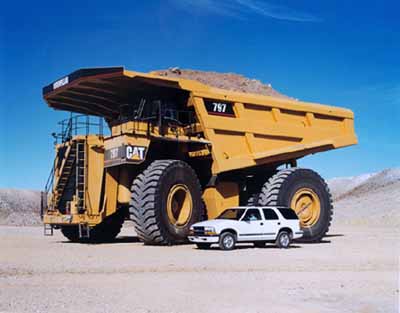UnBooks:The Very Hungry Caterpillar
The Very Hungry Caterpillar is a deep and moving insight into the caterpillar psyche. This ancient text follows the progress of a "very hungry" caterpillar on his journey through the week. This makes an interesting form of reading because we know that all the events happen within the week.
Summary[edit]
Day 1[edit]
The main character is established. The hungry caterpillar is led to eat a single red apple.
Day 2[edit]
The Caterpillar, unsatisfied with its single red apple is driven on to eat 2 yellow pears.
Day 3[edit]
We see the character devour 3 purple plums. This chapter is one to think about. Are these plums in anyway symbolic? So far in the book, the caterpillar has eaten a fair share of food, but we all know that a caterpillar weighing about 5g, having a length of 4-6cm eating 3 plums that weigh about 100g each, is beyond the realms of possible biology.
This can be expressed in a simple equation where:
This chapter certainly makes us question the way in which we think about the character. Whether this is to be taken literally or as a symbolic gesture is a matter of the reader's choice.
Day 4[edit]
The caterpillar eats 4 strawberries (which is much more possible than chapter 3)
Day 5[edit]
If you were not convinced by chapter 3, then when you see the caterpillar eats 5 whole oranges, you may be tempted to put down the book, however, this is all a build up to the ending.
Day 6[edit]
On this day, the last threads of possible reality are flushed away as the caterpillar devours its way through every known form of confectionery. This is questionable on multiple fronts, such as:
- How does a simple invertebrate grub acquire the money needed to buy such large amounts of food? Does he steal it? If so, how?
- In a similar fashion to chapter 3, how does a caterpillar ingest all these foods?
We shall never know.
Day 7[edit]
The caterpillar eats one, single leaf. Nothing more, nothing less. This penultimate chapter is probably the most beautiful and significant so far. One single leaf. What the author is doing here is showing the contrast. It seems as though the caterpillar has eaten all it possibly can. All the apples, pears, plums, strawberries, oranges, cakes, muffins, eclairs, and ice creams in the world, but it has yet to eat its most sustainable food source.
Final Chapter[edit]
In this climactic ending of the book, the caterpillar, cocoons itself to come out as a beautiful butterfly. The hungry caterpillar is hungry no more.
Influence[edit]
The Very Hungry Caterpillar, one of the most influential books of all time, has been claimed as an influence by a truly staggering variety of artists, writers, philosophers and other great thinkers. Many Christian thinkers have identified the clear parallels with episodes from the life of Christ, although whether emerging from the cocoon as a butterfly is meant to parallel the transfiguration or Christ's death, resurrection and ascention into heaven is a complex theological question. The notion of gradual growth and progress with occasional episodes of drastic change, driven by the biological imperative of hunger, influenced Darwin's thought on evolution, while the episodic nature of the caterpillar's life, and the encounters with an increasing variety of foodstuffs as the caterpillar grows, followed by a final climactic event representing the transition into "maturity" or "adulthood", was an imporant influence on the Bildungsroman. The book was also a favorite of Dickens, Tolstoy, and (although he himself denied the influence on his work) Twain.
In the twentieth century the minimalist, elemental yet symbolic and emotionally powerful style of storytelling was a great influence on many modernists, including Hemingway. Jung believed there existed an archetype of The Caterpillar that explained the artist's psychological development: fed by years of experience (and demanding ever more diverse experiences) before cocooning itself for an indeterminate time, the butterfly reveals itself as a unique creation, the product of its influences but identifiably its own creation. Sartre identified clear existential themes in the caterpillar's triumph over the apparent meaninglessness of a seemingly perpetual life of a scavenger: the caterpillar's emergence as a butterfly clearly transcending the impositions of the external world. In the present day it is rumoured to have been one of the most challenging works on the foreign policy reading list Condoleeza Rice gave to George W. Bush
What this story means to modern society[edit]
This book can relate to us in many ways because, there is a very hungry caterpillar in all of us that is just itching to metamorphose into a higher being by eating its way through as much as possible. The outcome of this might sometimes be bad, as depicted in the film Alien. The outcome could however be good, but what we can all be sure of is that this classic novel, is one of the finest, most beautifully poignant tales ever told.
See also[edit]
Further reading (and watching) for enjoyers of this book:
- A day in the life of Ivan Denisovich by Alexander Solzhenitsyn
- Ridley Scott's Alien
- The picture of Dorian Grey by Oscar Wilde


